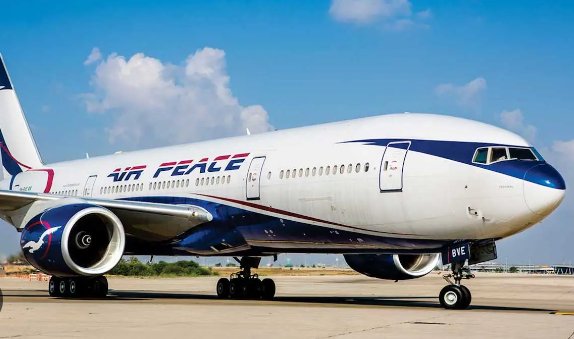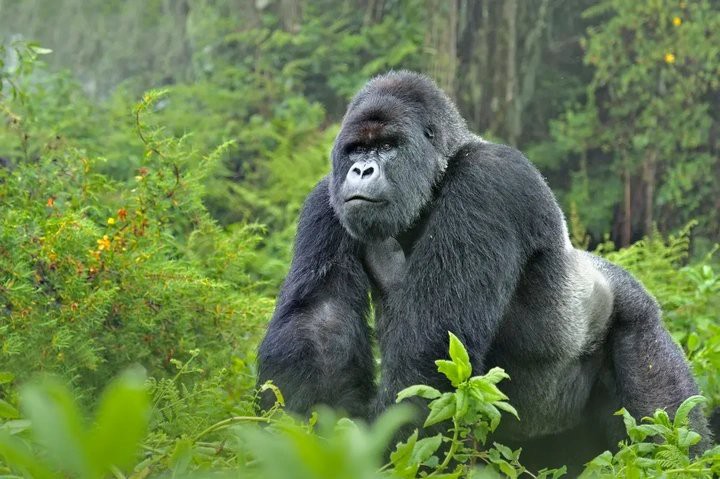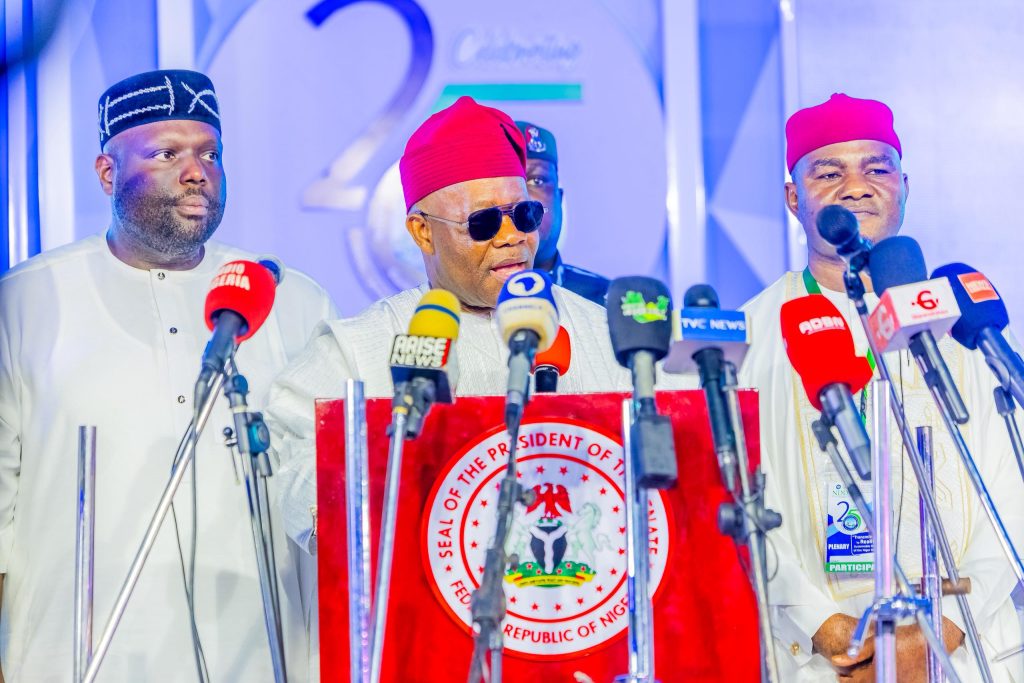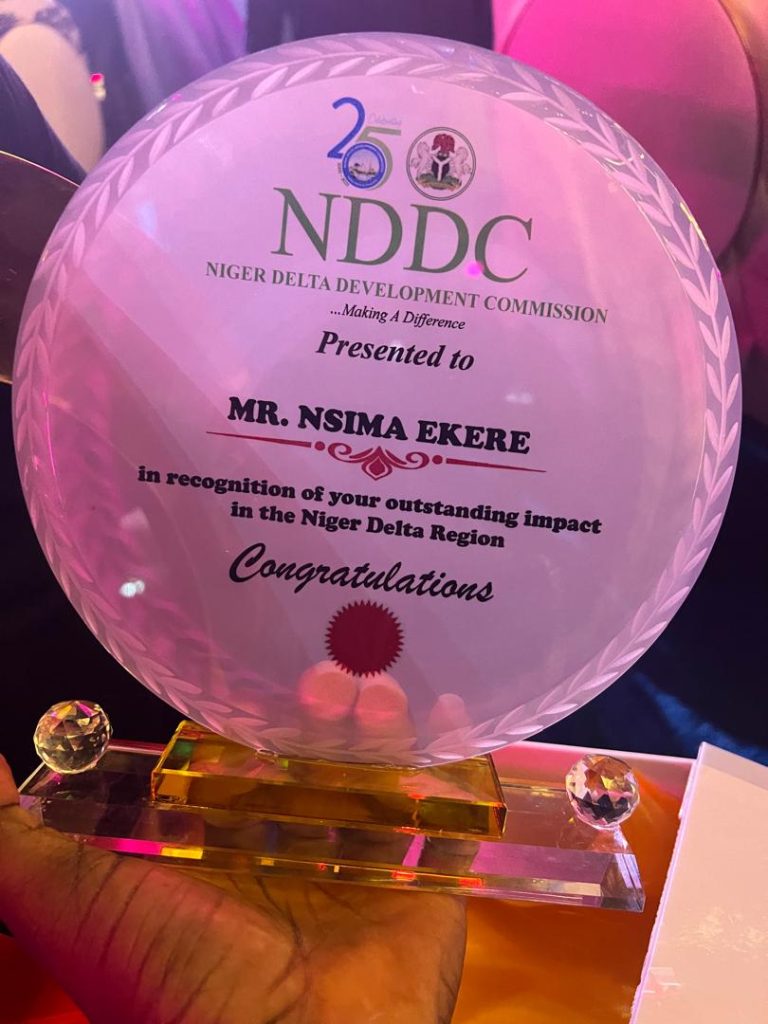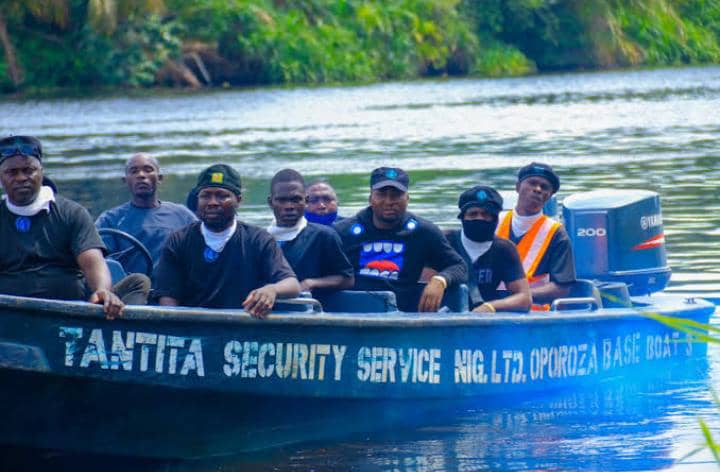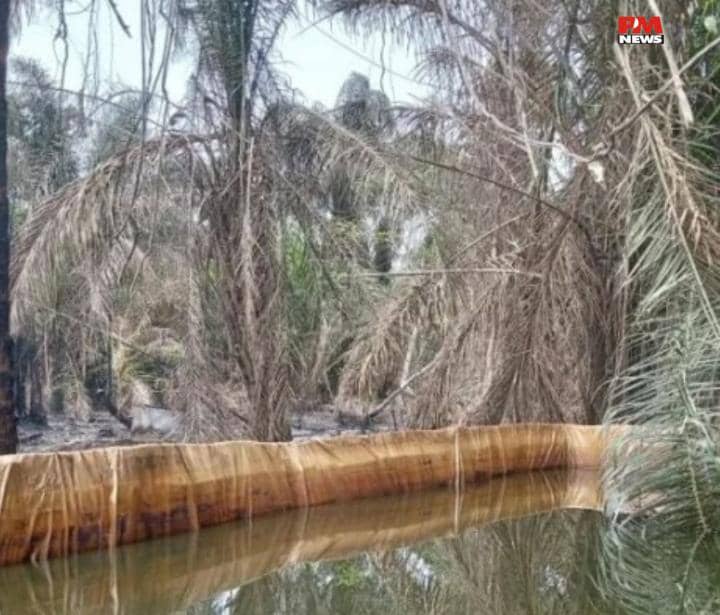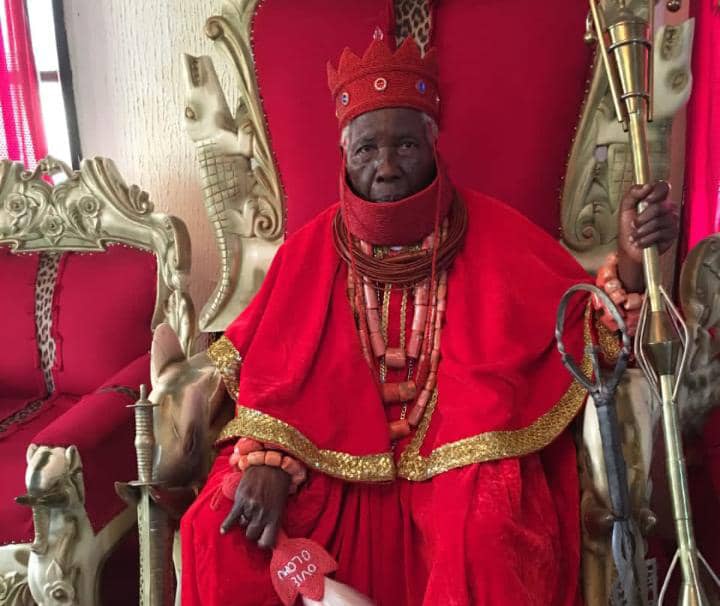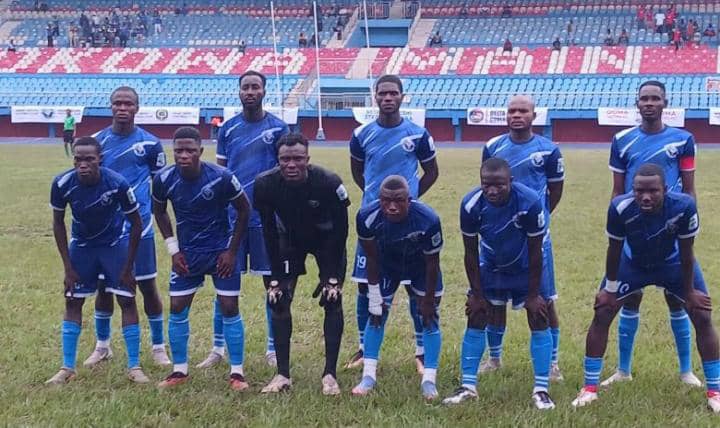News
Australia scrambles to launch long-range missiles

Media reports on Thursday reveal that Australia is scrambling to deploy new long-range missiles.
This is as the recent arrival of powerful Chinese warships off the Australian coast delivers a sharp reminder of Beijing’s naval muscle.
In a move to boost military firepower, Canberra plans to arm Australian soldiers with anti-ship missiles and advanced targeting radars.
This is to protect the country’s vast maritime approaches, according to contract announcements.
It is also to protect a flurry of recent official speeches and ministerial statements.
Two new types of advanced anti-ship missiles for the army fired from mobile launchers are under evaluation.
A decision is expected by the end of the year, the government has said.
Australian government officials have said that future versions of one of the contenders were expected to have a range of up to 1,000km.
This according to reports is the Lockheed Martin’s Precision Strike Missile,.
It said it could be fired from High Mobility Artillery Rocket System (HIMARS) launchers.
Australia has 42 HIMARS launchers on order from the United States, with launchers expected to be in service from 2026-27, according to the defense department.
The U.S. Army in June used two Precision Strike Missiles to successfully attack a moving target at sea during an exercise in the Pacific, the army said in a statement.
China’s People’s Liberation Army Navy (PLAN) jolted Australia’s security services with the deployment of three warships close to the country’s biggest cities of Sydney and Melbourne late last month.
The warships were one of its most potent cruisers, a frigate and a replenishment ship.
Air traffic between Australia and New Zealand was disrupted with 49 flights diverted on February 21 when the Chinese flotilla held a live fire exercise.
This exercise held in the Tasman Sea without notifying authorities in Canberra or Wellington.
The office of the Australian defense minister didn’t respond to questions for this story.
The new missiles for the Australian army would deliver a potent strike capability.
It will also act as a deterrent to potential adversaries, according to Mick Ryan, a retired Australian army Major General.
“You could put a HIMARS launcher with a maritime strike missile in Sydney and it would have the potential to hit one of those ships,” Ryan said.
New missiles for the Australian army are a key element of Canberra’s plan to prepare for a more assertive Chinese military presence in waters around Australia.
They could also be deployed to support allied forces defending strategically important islands in the Asia-Pacific region in the event of conflict.
This iis according to what military experts told media reporters.
New long-range missiles are also on order for Australia’s navy and air force.
To counter what senior Australian officials describe as the “greatest strategic uncertainty” since World War Two, Canberra will spend up to AUD$74 billion ($47 billion).
The expenditure will be over a decade and on targeting technology, long-range strike capacity and missile defense.
According to official speeches and defense planning documents, it will also cover manufacturing of missiles and explosives.
Canberra is not alone turning to these long-range strike weapons to counter the threat from China.
The U.S. and most of its key allies in Asia, including the Philippines, Japan, South Korea and Taiwan, are also modernizing and expanding their missile forces.
They are deploying new missiles, accelerating research on hypersonic weapons and other new technologies.
They are also re-purposing older projectiles and expanding production lines.
A spokesperson for China while speaking about Australia’s missile launch, said Beijing should not be used as excuse for exaggerated tensions.
The statement added that China was pursuing a defensive national defense policy and China should not be used “as an excuse to incite arms races.
For some of America’s regional allies, this quest for new missiles is likely to take on new urgency.
This, according to Ross Babbage, is with growing uncertainty over the Trump administration’s commitment to traditional security ties.
Babbage is a former Australian government defense official and now a senior non-resident fellow at the Washington-based Center for Strategic and Budgetary Assessments.
In response to questions from Reuters, a Pentagon spokesperson cited Defense Secretary Pete Hegseth as having said that deterring China was a priority for his department.
Pentagon press secretary John Ullyot said,
“One of the ways we do that is by building and maintaining a strong network of allies and partners in the Indo-Pacific,
“There should be no doubt to our commitment to the safety and stability of the region.”
For Diaspora Digital Media Updates click on Whatsapp, or Telegram. For eyewitness accounts/ reports/ articles, write to: citizenreports@diasporadigitalmedia.com. Follow us on X (Fomerly Twitter) or Facebook



